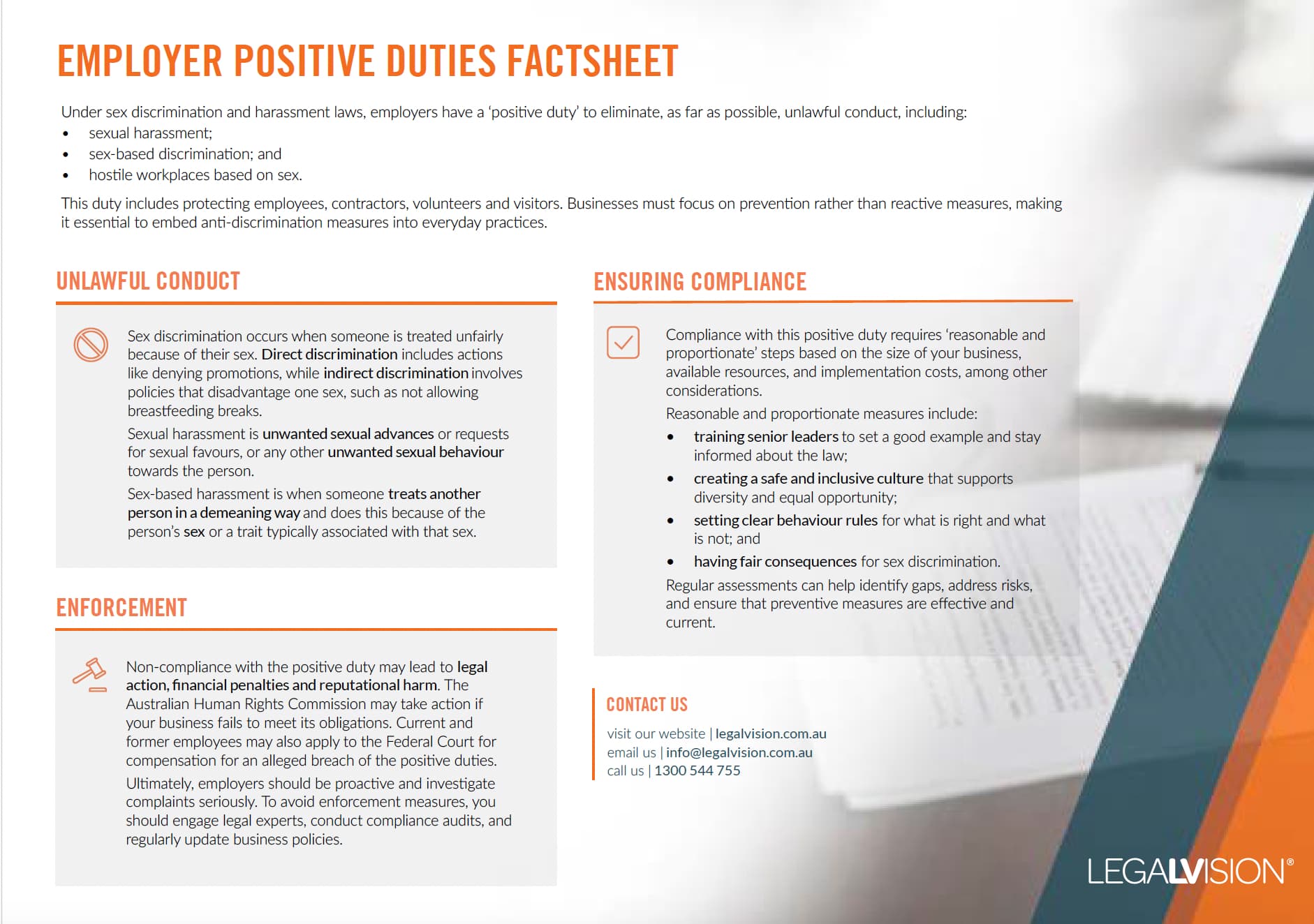In Short
- A social media policy in your employee handbook sets clear guidelines for online conduct.
- It helps prevent issues like reduced productivity, negative comments and ownership disputes over social media content.
- Regularly updating the policy ensures it remains effective and relevant.
Tips for Businesses
Clearly define acceptable social media use during work hours. Specify what constitutes inappropriate online behaviour. Clarify ownership of work-related social media accounts and content. Regularly review and update your policy to address new platforms and technologies.
An increasing number of businesses are capitalising on the free advertising they receive from their employees’ social media activity. It is becoming more common for employers to ask their staff to share, comment on, tweet or post about the business’ content in order to increase brand exposure for their products and services. As a result, many employers include a social media policy in their employee handbook to deal with the appropriate use of social media and expectations. This article outlines:
- what your social media policy should address;
- the risks involved in having employees use social media to promote your business; and
- how to minimise these risks.
Areas Your Social Media Policy Should Address
While you may wish to engage an employment lawyer to draft an employee handbook, acceptable social media use may vary between businesses and industries. What is required and appropriate for one role may also differ for another within your business.
At a minimum, it is recommended that any social media policy deals with the following matters.
Content
It is essential to have a clear social media policy that explicitly outlines what employees can and cannot post on behalf of your business. Failing to set clear expectations may result in reputational or other risks for your business. For instance, you may want to prohibit employees from sharing confidential information or posting unauthorised content.
Some considerations and guidelines you may consider including within the policy may include:
| Voice and tone | As an employer, you may want to provide clear guidelines on the tone and voice employees and workers may use when addressing the business in social media posts. Where workers represent your business professionally on social media, you may want to direct them to maintain a professional and friendly tone, particularly when dealing with clients. |
| Use of company logos and trademarks | You may outline in your policy how workers may use company logos and other affiliated branding. This may be particularly relevant where the business is yet to ‘go live’ with a new product or branding. Placing these restrictions can protect confidential information. |
| Handling of sensitive information | You should clearly define to workers what they can and cannot post to social media and the confidential or intellectual property of the business. This may be particularly relevant at work events with external clients. |
| Interaction with competitors | Clear guidance should be provided to your workers on how they should engage with or mention competitors on social media platforms. |
Content Procedures
You may want to provide a step-by-step process for your employees when using social media. This is especially crucial if you plan to implement an approval process for content and a procedure for removing any inappropriate content that your employees may post online.
On a business level, you may consider implementing the below:
| Content calendar | Establish a cohesive and timely schedule of business-related social media with a clear message for all workers to follow. |
| Approval workflow | Set out approval workflows for workers to follow and obtain written or informed consent prior to distributing content for the business. Such approvals can include a sign-off system prior to content going live. |
| Risk assessment process | In the event a worker has distributed material to social media that is either inappropriate or is negatively received, you may want to have a risk assessment process in place to guide managers and workers in dealing with the process. Such processes might include guidance for workers in handling negative comments or complaints. The process could also provide managers guidance for dealing with inappropriate posts. |
| Monitoring and reporting | As a business, you should ensure that there is a process in place for regularly monitoring social media activity on your platforms. |

This fact sheet outlines employers’ ‘positive duty’ under sex discrimination laws, highlighting proactive measures to prevent unlawful conduct.
What Are The Risks?
Whilst having your employees make social media posts can be an affordable and effective way to market your business, it is not a risk-free strategy. In particular, it can be financially risky and potentially negatively impact the business’ reputation. Key risks are outlined below.
Less Productive Work
Encouraging social media interaction among employees can be risky as it may lead to inefficient time management. It is important to have clear workplace policies in place to outline the acceptable level of social media engagement during work hours.
Inadvertently Posting Negative Comments
Failing to include appropriate regulations in your employment contracts and policies can lead to employees unintentionally or intentionally speaking negatively about your business. This can significantly harm your business’ reputation and may lead to defamation claims against your business. Moreover, if the comments harm a competitor or are discriminatory or harmful, your business may be exposed to other claims with significant financial risk. A social media policy within your employee handbooks are a good way to address this type of behaviour.
Content Ownership Disputes
Another large risk your business will face is when ex-employees’ social media accounts contain confidential business information, such as client details, and the employees continue to communicate with these clients, perhaps even doing business with them.
Your employment lawyer should account for these risks by inserting an intellectual property clause and restraint clause into the employment contracts. Additionally, your employee handbook should contain a similar term stating that all intellectual property, at the termination of employment, will remain the property of the employer. If left unaddressed, this can easily result in litigation due to the complexity of ownership issues.
Continue reading this article below the formHow to Minimise These Risks
Whilst it can be challenging to choose the best approach to protect your business from these risks, you should:
- have a social media or internet use policy in place;
- make sure there is a clause about ‘acceptable use’ that clarifies the expectations in regards to using social media at work in your employment contracts;
- include a robust intellectual property clause in your employment contracts about ownership of your business’ social media accounts, content created by employees (and other related intellectual property) and their forfeiture upon termination of the employment relationship; and
- ensure your employees are aware of any rules that your business has surrounding the use of social media by implementing training programs and maintaining good communication with staff.
Key Takeaways
If social media plays a big part in your business’ marketing strategy, it would be worth considering a social media policy in your employee handbook. An experienced employment lawyer can ensure your policy is:
- drafted in a way that minimises risks to your business; and
- allows your employees to use social media to your business’ benefit.
If you need help drafting a social media policy for your employee handbook, our experienced employment lawyers can assist as part of our LegalVision membership. For a low monthly fee, you will have unlimited access to lawyers to answer your questions and draft and review your documents. Call us today on 1300 544 755 or visit our membership page.
Frequently Asked Questions
An employee handbook outlines your workplace policies and guidelines. It can also include your company’s mission statement, vision and values.
An employee handbook is distinct from an employment contract and is not necessarily legally binding. However, your separate employment contracts are likely to include a clause requiring your employees to comply with the policies in the handbook, creating a contractual obligation that may be enforced.
We appreciate your feedback – your submission has been successfully received.











